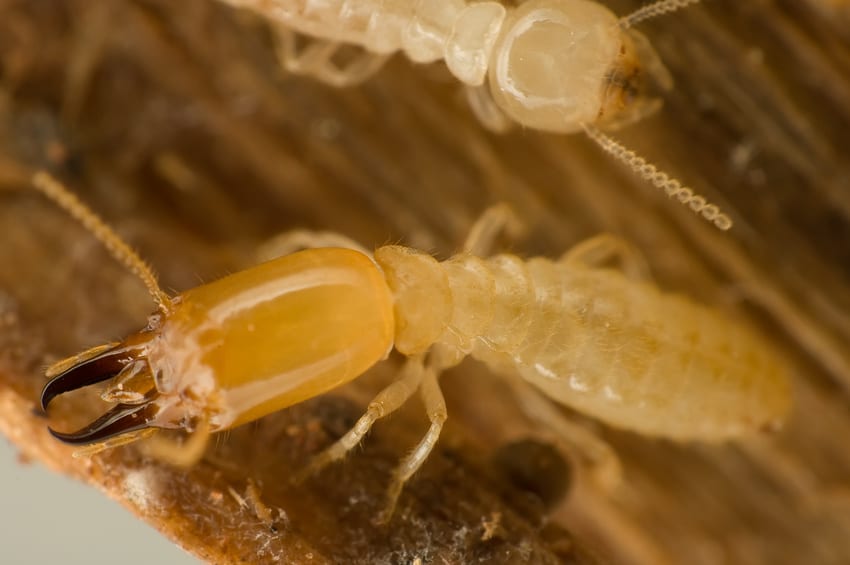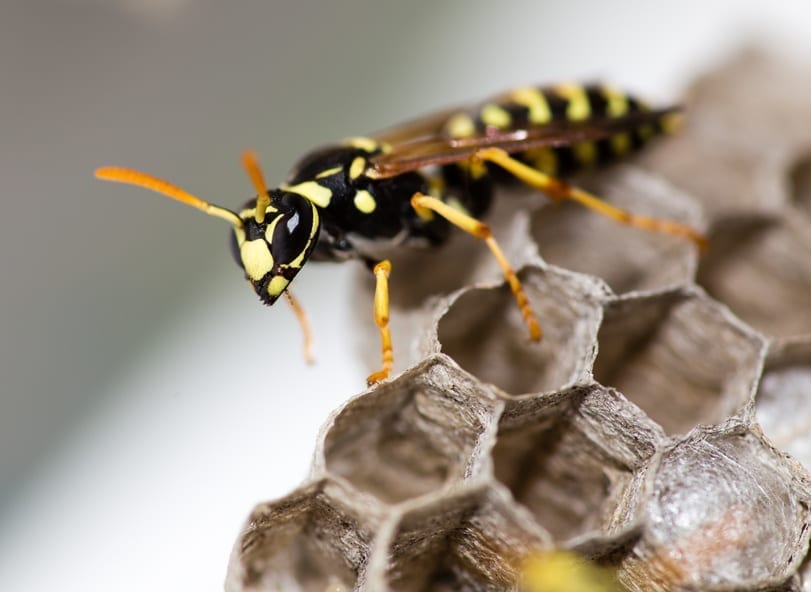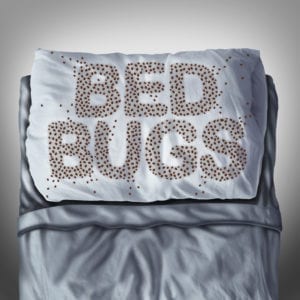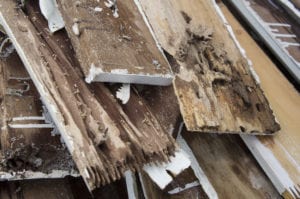On The Down-Low: FAQ About Subterranean Termites
There are three main kinds of termite: drywood, dampwood, and subterranean. Which one sounds the scariest to a homeowner? Go on and take a guess. You may think “drywood” and “dampwood”, right? They sound like they’re already making themselves at home in your floorboards! But you’d be wrong — subterranean termites cause the most damage to residential buildings over any other kind of termite. Here are some common FAQs to get you familiar with them.
Usually, damp soil like that in a crawl space or basement, and wood material that is buried in or otherwise in contact with the soil.
Where do termites come from?
As their name would suggest, subterranean termites mainly live underground in networks of tunnels they build for themselves. They build “mud tubes” or “termite tubes” to navigate through the dirt, find food sources, and protect their tunnel systems from air and water. They typically only emerge to form new colonies in the spring.
Can they be blocked by materials like concrete?
Unfortunately, no. Subterranean termites are ambitious little bugs, and they can pretty easily burrow through even tough materials like concrete if given the time and motivation. Although they dislike hard materials, even eating around hard wood in favor of soft wood, pouring concrete is not a foolproof way to get rid of termites.
Do they all look the same?
No. Like many insects, there is a hierarchy in subterranean termite colonies. The termite’s appearance determines its job and vice versa.
- Workers: Cream-colored. 1/8 to 3/8 inches long.
- Soldiers: Cream-colored bodies but with a darker brown head. Roughly the same size as workers, but with very strong, prominent mandibles.
- Reproductive: Look very similar to winged ants or drywood termites, but have a distinctive dark vein in their wings that is very recognizable to exterminators. 1 inch long.
Usually, damp soil like that in a crawl space or basement, and wood material that is buried in or otherwise in contact with the soil.
I think there are termites in my yard or neighborhood. Is my house going to become infested?
Not necessarily. Most yards and patches of dirt have at least a small termite presence. Get a regular inspection and keep an eye out for symptoms of termites around your home, and you shouldn’t have to worry.
If you do end up finding worrisome evidence of these pests and want to know how to get rid of termites, make sure you call your local trusted termite control services
to get the job done right. When it comes to Wichita pest control, calling Hawks is the best way to go.






